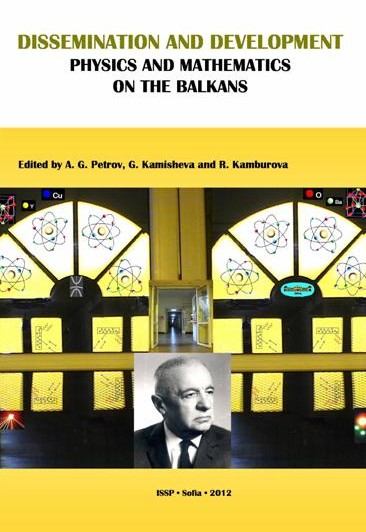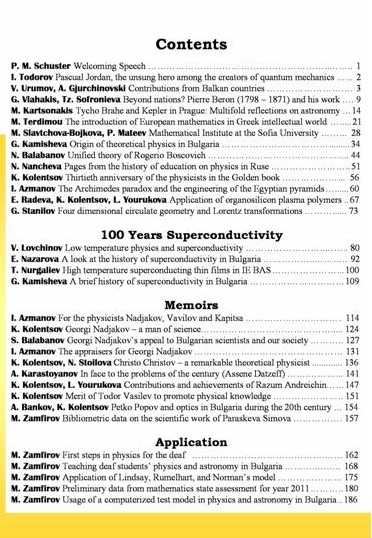|
|

|

|
|
|
Manolis Kartsonakis
Hellenic Open University
The collaboration between Tycho Brahe and Johannes Kepler which took place at Prague in the very first years of 17th century indicates a significant moment for the evolution of ideas in Astronomy. The second half of the 16th century had been marked by the introduction of the Copernican system but it had not been accepted by the majority of the leading figures of Astronomy of the era. Kepler was a young enthusiastic Copernican but his theoretical figures had to be evaluated by the observational data which Tycho Brahe and his assistants had collected intensively for many years by observing the heavens. Though Tycho was not a follower of Copernican Astronomy, his collaboration with Kepler would lead Astronomy to its new era. The outcomes of their collaboration did not only confirm the wisdom of Kepler’s theoretical predictions but also they vindicated the ability of Tycho Brahe to achieve outstandingly accurate measurements.
On the other hand, the conclusions that derived from the meeting of these two different personalities formulated a major attack to the traditional Aristotelian interpretation of the heavenly motions which had been already affected since 1543 and contributed significantly for the acceptance of the Copernican system from the scholars of the 17th century.
Our goal focuses on the trace of these multifold reflections on Astronomy that derived from the meeting of ‘the prince among the astronomers’ and the young obscure astronomer in Prague.


Bulgarian Academy of Sciences
72 Tsarigradsko chaussee blvd.
BG-1784 Sofia, Bulgaria
Phone: +359 (0)2 979 58 31; GSM +359 (0)899 75 05 90
Fax: +359 (0)2 975 36 32
E-mail: gkamish@issp.bas.bg
Skype: physmuseum
Created: 30 August 2011
Updated: 21 October 2015